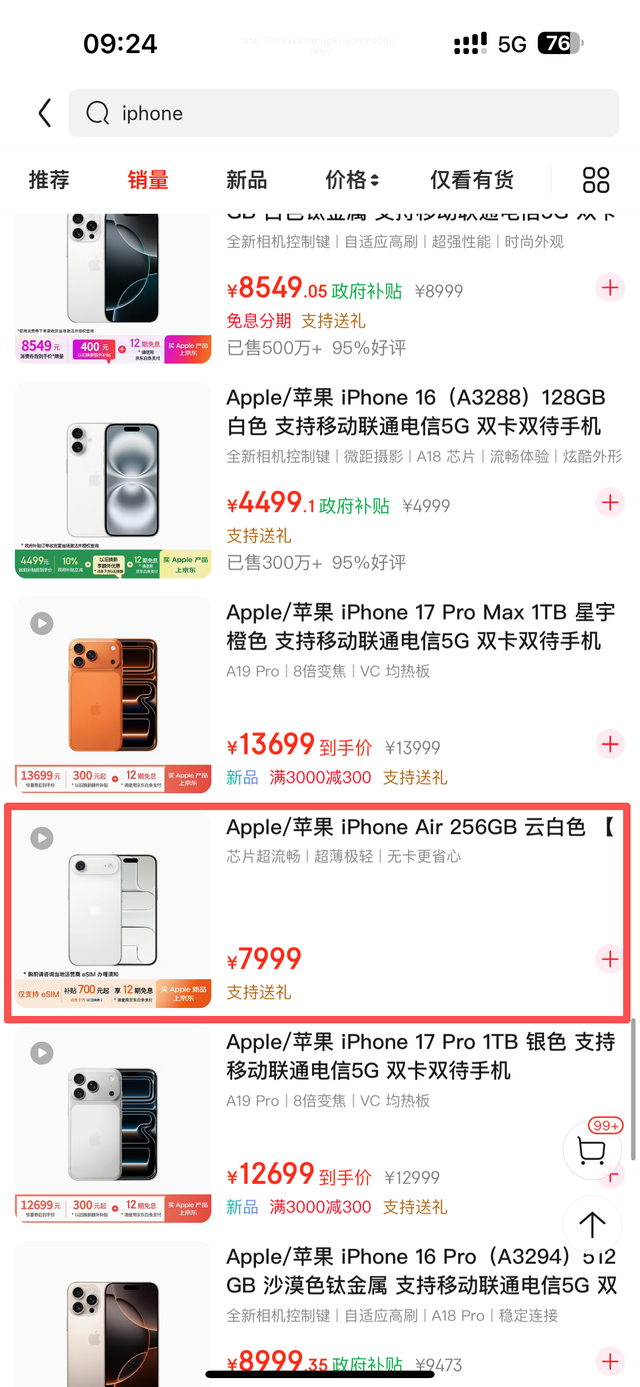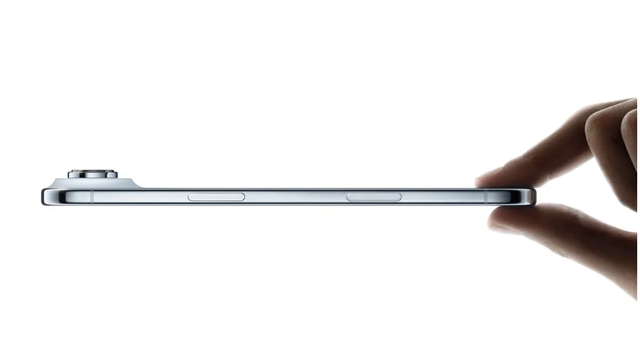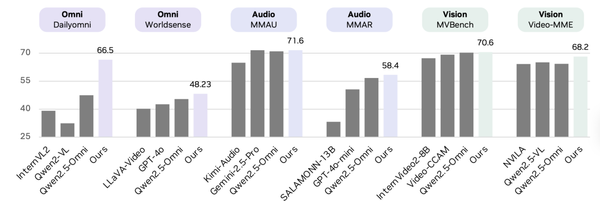iPhone Air Sales Slump, Cook Cuts Production After Just One Month

iPhone Air — This Time It Really Went “Air”
Apple’s thin-and-light experiment, the iPhone Air, is officially winding down.
According to multiple foreign media reports, Foxconn — one of Apple’s key suppliers — has dismantled nearly all production lines, leaving only half a single line running. Production is expected to fully cease by the end of this month.
Coincidentally, another supplier, Luxshare Precision, had already stopped manufacturing this model in late October.
---
A Launch That Fell Flat
Despite Apple making some rare strides ahead of Android in recent years, the iPhone Air faced headwinds from the start.
- Vision Pro is still in fine-tuning mode.
- The newly debuted iPhone Air? Straight back to the drawing board.
Some users cheered its withdrawal; others mourned it.
A few sarcastic takes summed up the mood:
> “So expensive, and with such low specs? No wonder it flopped!”
Apple’s implicit stance:
> “I test the waters myself, step into pitfalls myself, retreat myself — and no one can stop me!”
---
Why Cut Production? — The Sales Reality
Goal: Minimize losses.
Since its September launch, the iPhone Air has struggled badly:
- First-week activations: Just over 50,000 — less than one-tenth of the iPhone 17 Pro Max.
- Domestic channels: Lukewarm reception; sales below iPhone 17 series and even the older iPhone 16.
- Small-screen bestseller lists: Completely out of the top 10.
On global e-commerce platforms:
- Amazon rating: 4.4 stars — fewer reviews than other flagships.
- Frequent complaints: battery issues, endurance problems, weak performance compared to Pro Max.
---






---
Apple’s Product Logic
Concept: A “non-Pro flagship” — ultrathin design with reduced specs.
Feature cuts included:
- No high-refresh screen
- No titanium build
- Single rear camera (no telephoto or ultra-wide)
- Single top speaker
- No Pro image processing
Effectively, it looked like something from the iPhone X era — but was only $100 cheaper than the iPhone 17 Pro.

---
Core Experience Problems
1. eSIM Only in Some Versions
To slim the frame further, Apple removed the physical SIM slot in certain models — leaving only eSIM.
Issues:
- eSIM adoption is incomplete globally.
- Activation with carriers can be complex or outright unsupported in some regions.
- Result: Some users opened the box only to discover they couldn’t connect to any network.

---
Lack of Ecosystem Momentum
A major missing piece for iPhone Air: Apple’s ecosystem effect.
Great Apple launches usually drive:
- Accessory maker engagement
- Supply chain scaling
- Developer feature adaptation
- Marketing synergy
The iPhone Air brought:
- No exclusive functions
- No new hardware modules
- No reason for case makers to act
- No OS or app optimizations
For users: it felt like a “species with no history, no label” — risky to try, easy to skip.
---
Market Gap — and Android’s Quick Response
The iPhone Air’s retirement leaves the “thin-and-light flagship” slot open — a space that Chinese Android brands have long dominated:
- Xiaomi Civi
- OPPO Reno
- Honor digital series
These Android lines compete on:
- Slim designs
- Aesthetics
- Portrait photography
- Integrated system experience
- Bundled extras (tutorials, beauty filters, accessories)
With iPhone Air gone, Apple has indirectly pushed these customers outward toward Android.
Huawei’s Move
Within days, Huawei launched the Mate 70 Air:
- Thickness: 6.6 mm
- Weight: 208 g
- Starting price: ¥4,199

Vacancy filled — fast.
---
iPhone Air 2? Not Completely Dead
Reports suggest the iPhone Air 2 project has been pulled from the main schedule, but prototypes exist. Planned upgrades included:
- Even lighter weight
- Larger battery
- Vapor chamber cooling
- Refined camera layout
So while Air is mostly gone, Apple could revive it unexpectedly.
---
Creator Perspective — Turning Product Shifts into Content
In fast-moving tech markets, timely multi-platform publishing can make or break coverage.
Tools like AiToEarn官网 help creators:
- Use AI to generate content
- Publish to multiple platforms at once
- Monetize efficiently
Platforms supported: Douyin, Kwai, WeChat, Bilibili, Rednote, Facebook, Instagram, YouTube, Pinterest, LinkedIn, Threads, X (Twitter).
With AI content generation, cross-platform publishing, analytics, and AI模型排名 integration, tools like AiToEarn turn insights like “Apple retreats, Android fills in” into widely circulated, monetizable stories.
---
Bottom Line:
The iPhone Air’s story highlights a key market truth — specs, pricing, and ecosystem integration must align with user expectations. Miss one, and even Apple can’t float a thin flagship.




